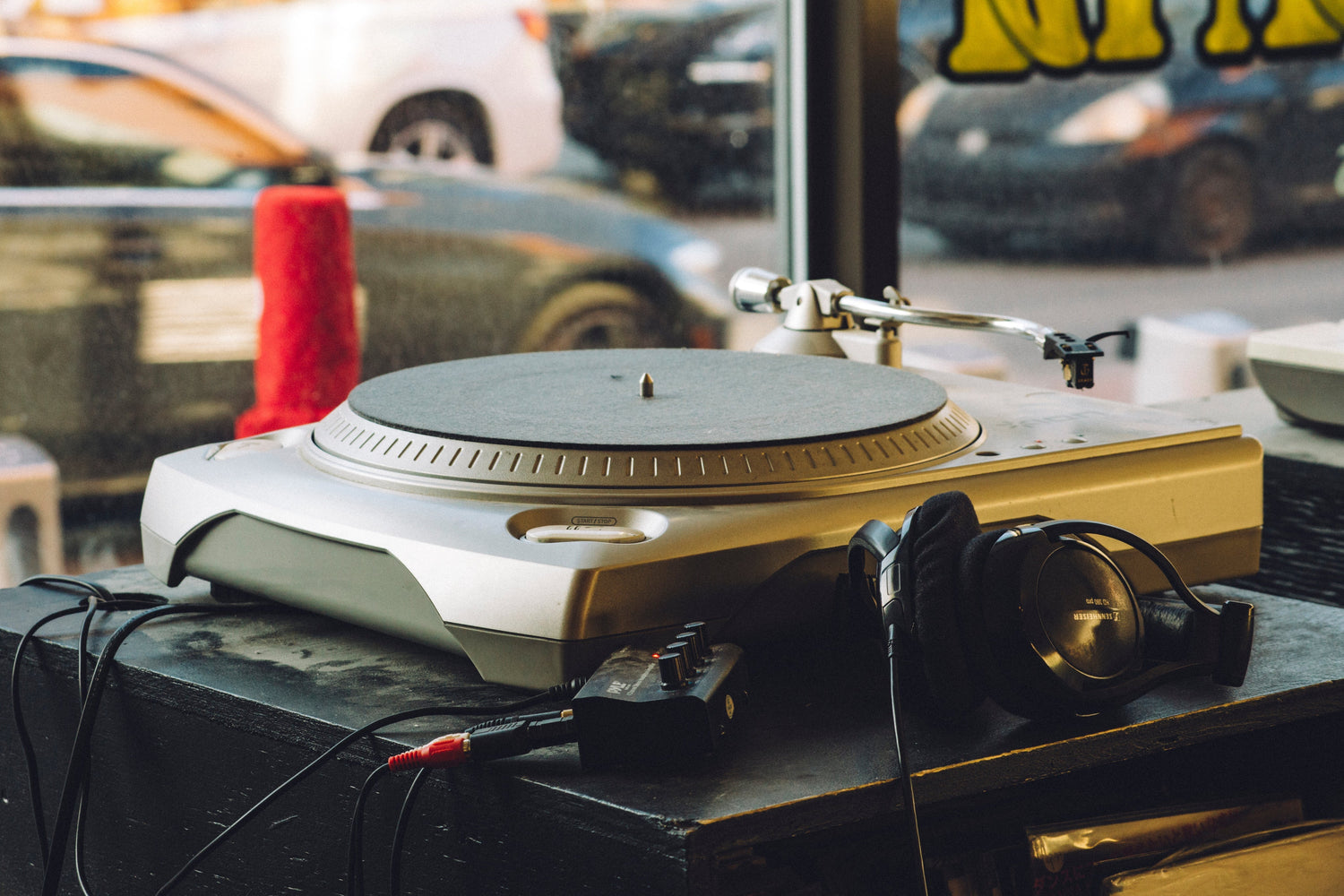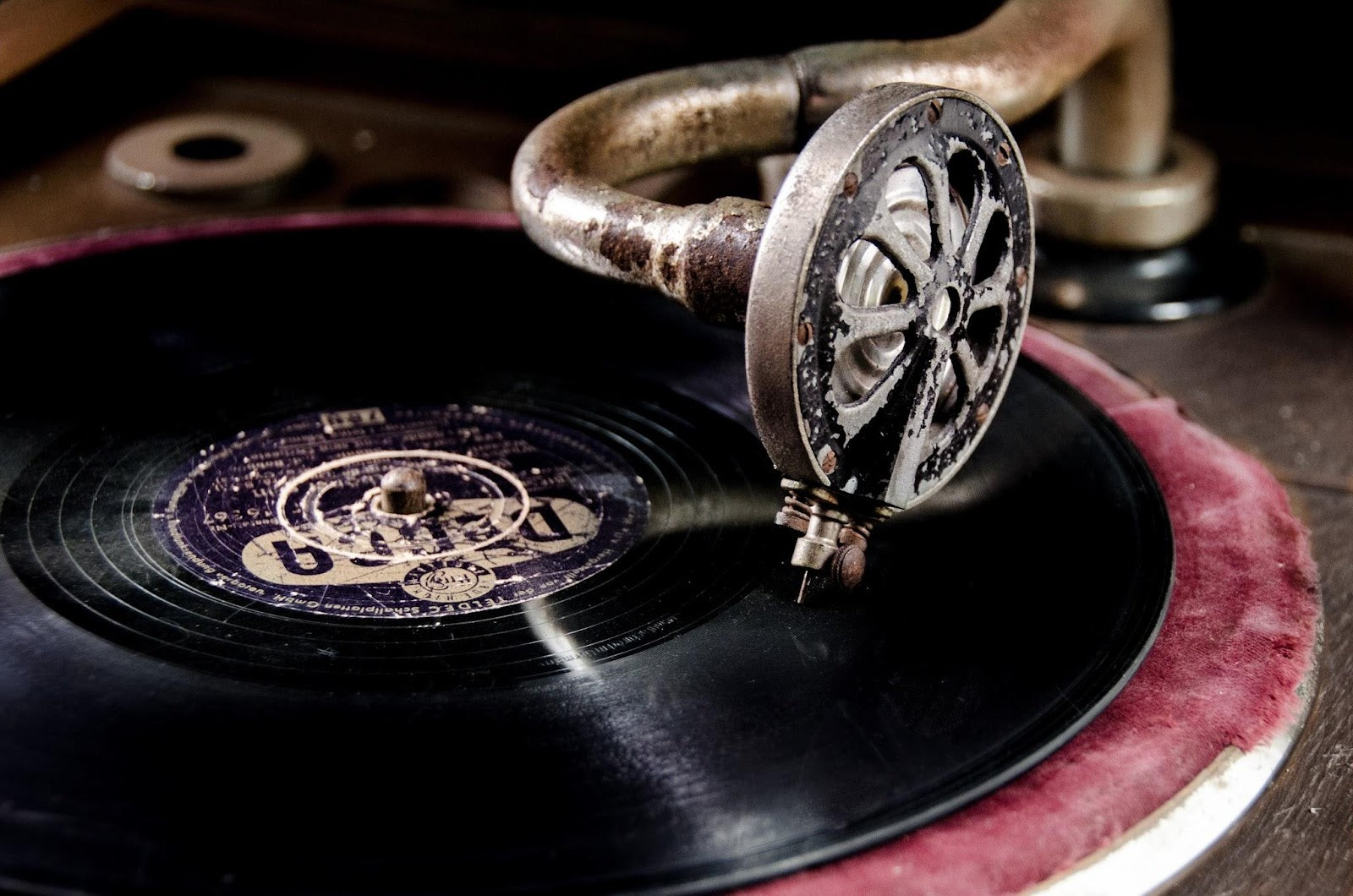In an era dominated by the solitary act of digital streaming—scrolling through infinite menus, often mediated by algorithms—the world of vinyl records presents a stark contrast. While lauded for its perceived sonic warmth or nostalgic appeal, a crucial, often under-analyzed dimension of vinyl's enduring allure lies in its potent capacity to foster social connection.

Dedicated physical spaces like record stores, alongside specialized online and offline communities, serve as vital hubs for interaction, knowledge exchange, and identity formation. This analysis delves into the social ecosystems built around vinyl, examining how they function, the fundamental human needs they fulfill, and the inherent dynamics—both positive and negative—that shape these unique cultural niches.
The Record Store as Social Hub: More Than Just Retail
At its best, the independent record store transcends its purely commercial function. It often embodies what sociologist Ray Oldenburg termed the "third place"—a crucial anchor of community life, distinct from the primary spheres of home (first place) and work (second place). These are informal, accessible public spaces where people gather, linger, and interact. Several factors contribute to this function:
- Architecture of Interaction: Unlike the often-sterile efficiency of other retail environments, the typical record store layout—rows of crates inviting communal browsing ("digging"), listening stations allowing shared discovery, counters staffed by often knowledgeable (and sometimes opinionated) individuals—inherently encourages serendipitous encounters and conversation. The physical act of flipping through records side-by-side creates opportunities for spontaneous exchange.
- Curators and Conversation Starters: Store staff frequently act as more than just salespeople; they are curators, taste-makers, and living repositories of musical knowledge. Their recommendations and insights can spark discussions and guide newcomers.
- Programmed Socialization: Many stores actively cultivate community through in-store performances by local bands, album listening parties, DJ nights, and events like the commercially significant (and sometimes criticized) Record Store Day. These activities provide structured reasons for people to gather and interact around their shared interest.
- Information Nexus: Beyond selling records, stores often serve as informal clearinghouses for information—flyers for local gigs, zines, tips on audio gear, recommendations for related media. This facilitates social learning and reinforces the store's role as a central node in a local music scene.

However, a reality-based perspective requires acknowledging that not all record stores achieve this ideal. Some can be intimidating, exclusive, or purely transactional. Furthermore, the economic precarity facing many independent brick-and-mortar retailers is a constant pressure that shapes their existence and capacity to function as community hubs.
Forging the Tribe: Vinyl Communities Online and Off
The social life of vinyl extends far beyond the physical store. Driven by a shared passion for the medium and its associated culture, distinct communities—or "tribes"—form both offline and online:
- Offline Gatherings: Record fairs, swap meets, and collector conventions provide temporary, high-intensity zones for buying, selling, trading, and face-to-face interaction among enthusiasts. These events allow for the display of prized possessions and the reinforcement of shared identity through concentrated activity.
- The Digital Ecosystem: Online platforms have become immensely significant. Dedicated forums (like the Steve Hoffman Music Forums or specific sections of Discogs), Reddit communities (e.g., r/vinyl), countless Facebook groups, and Instagram hashtags (#vinylcommunity) connect collectors globally. These spaces offer scale, anonymity (sometimes), niche specialization (from specific genres to pressing details), and 24/7 accessibility, fostering different interaction dynamics than physical spaces.
- Knowledge Hierarchies & Social Capital: Within these communities, expertise often translates into status. Deep knowledge of specific genres, artists, pressing variations, label histories, or audio equipment confers cultural capital. Sharing this knowledge, identifying rare finds, or offering technical advice builds social capital and reinforces one's position within the group's informal hierarchy. (First Principle: Social Status & Information Exchange).
A crucial blind spot in romanticizing these communities is overlooking potential downsides. Online forums can sometimes devolve into echo chambers, amplify negativity, or become arenas for "vinyl snobbery" and gatekeeping. Issues of inclusivity regarding gender, race, or socioeconomic background can also be present. Furthermore, platforms like Discogs represent a complex fusion of community forum and global marketplace, highlighting the intertwining of social connection and commerce.

Weaving the Social Fabric: Connection, Identity, and Exchange
These physical and digital spaces facilitate various forms of social connection and collective identity:
- Building Bonds: They nurture both weak ties (casual acquaintances made while browsing or through brief online exchanges) and potentially strong ties (deep friendships forged over years of shared collecting, listening sessions, or event attendance).
- Reinforcing Collective Identity: Shared practices (the ritual of cleaning and playing records), specialized language (audiophile jargon, pressing codes), aesthetic preferences (valuing specific cover art or label designs), and consumption patterns all contribute to a collective identity as a "vinyl collector" or "audiophile." This shared identity strengthens in-group cohesion (First Principle: Tribalism & Shared Rituals).
- Mentorship and Tacit Knowledge: Newcomers often rely on the community to learn the intricacies of the hobby—how to grade record condition, set up a turntable correctly, differentiate between pressings, navigate pricing. This transfer of tacit knowledge from experienced members is a vital social function.
- Socio-Economic Dimensions: Trading, selling, participating in group buys for new releases—economic activity is deeply interwoven with social interaction within the vinyl community. The Discogs marketplace, with its user ratings and transaction histories, exemplifies this blend.
Insight: The very materiality and complexity of vinyl records act as powerful catalysts for social interaction. Unlike easily duplicated digital files, the physical object invites comparison, discussion, and shared handling. The need for specific playback equipment, the variations in pressings, the knowledge required to navigate the market—all provide concrete focal points for conversation, learning, and community formation.
Fulfilling Fundamental Needs in a Tangible World
Ultimately, the social ecosystems surrounding vinyl tap into deep-seated human needs, offering satisfactions that may feel scarce in other areas of modern life:
- Need for Belonging: They provide a space for individuals to connect with like-minded peers, forming a "tribe" united by a shared passion. This fulfills the fundamental human drive to belong, particularly relevant in contexts where traditional community structures may be weakening. (First Principle: Belonging & Social Connection).
- Validation and Recognition: Having one's taste affirmed, knowledge acknowledged, or rare finds admired by fellow enthusiasts provides powerful social validation.
- Ritual, Structure, and Meaning: The routines involved—hunting for records, cleaning them, the deliberate act of playing a side, organizing a collection—provide structure and shared rituals that imbue the hobby with meaning beyond simple consumption.
- Tangible Escape: Engaging with physical media offers a multi-sensory experience and a perceived escape from the often-disembodied nature of digital life. This shared engagement with tangible objects provides common ground for interaction.
- Less Discussed Drivers (Reality Check): It's also crucial to acknowledge, from a non-sanitized perspective, that collecting can fulfill other psychological needs, such as the desire for distinction, status display (conspicuous consumption of rare or expensive items), completionism, or even hoarding tendencies. These less "communal" drivers are also part of the complex motivational landscape.
Conclusion
Record stores and vinyl communities, both online and offline, serve vital social functions that extend far beyond simple commerce or hobbyism. They operate as modern "third places" and tribal gathering grounds, facilitating connection, identity formation, and knowledge sharing. The social dimension is a powerful, if sometimes underestimated, driver of vinyl's persistent appeal, offering forms of tangible interaction and community that are often harder to find in the digital realm. While these ecosystems are not immune to issues like elitism, gatekeeping, or the pressures of commercialization, their existence underscores a fundamental human proclivity: to forge meaning, identity, and connection through shared engagement with physical objects, specialized knowledge, and collective ritual. In an increasingly virtual world, the social side of vinyl offers enduring insights into our need for the real.





Leave a comment
All comments are moderated before being published.
This site is protected by hCaptcha and the hCaptcha Privacy Policy and Terms of Service apply.